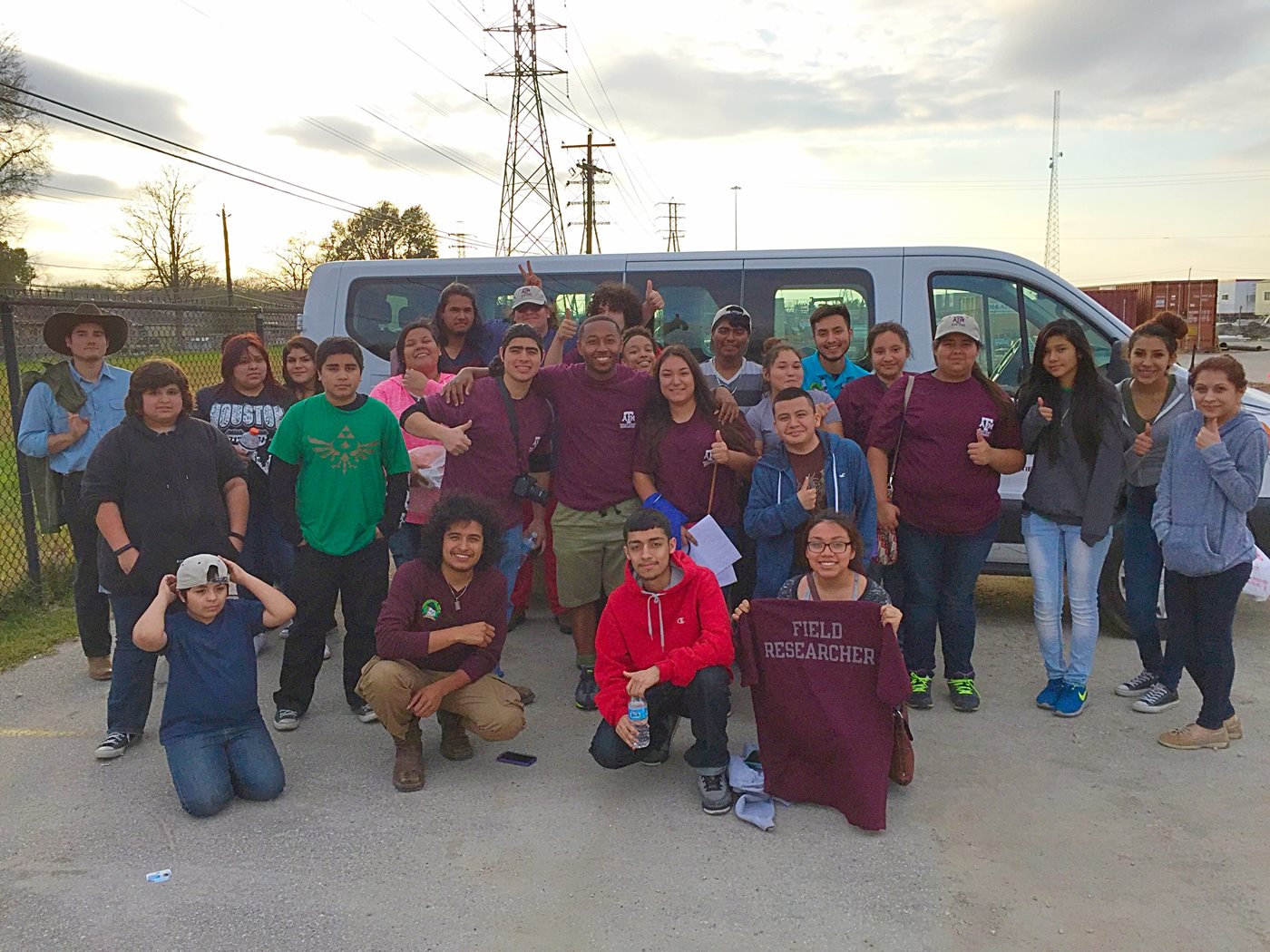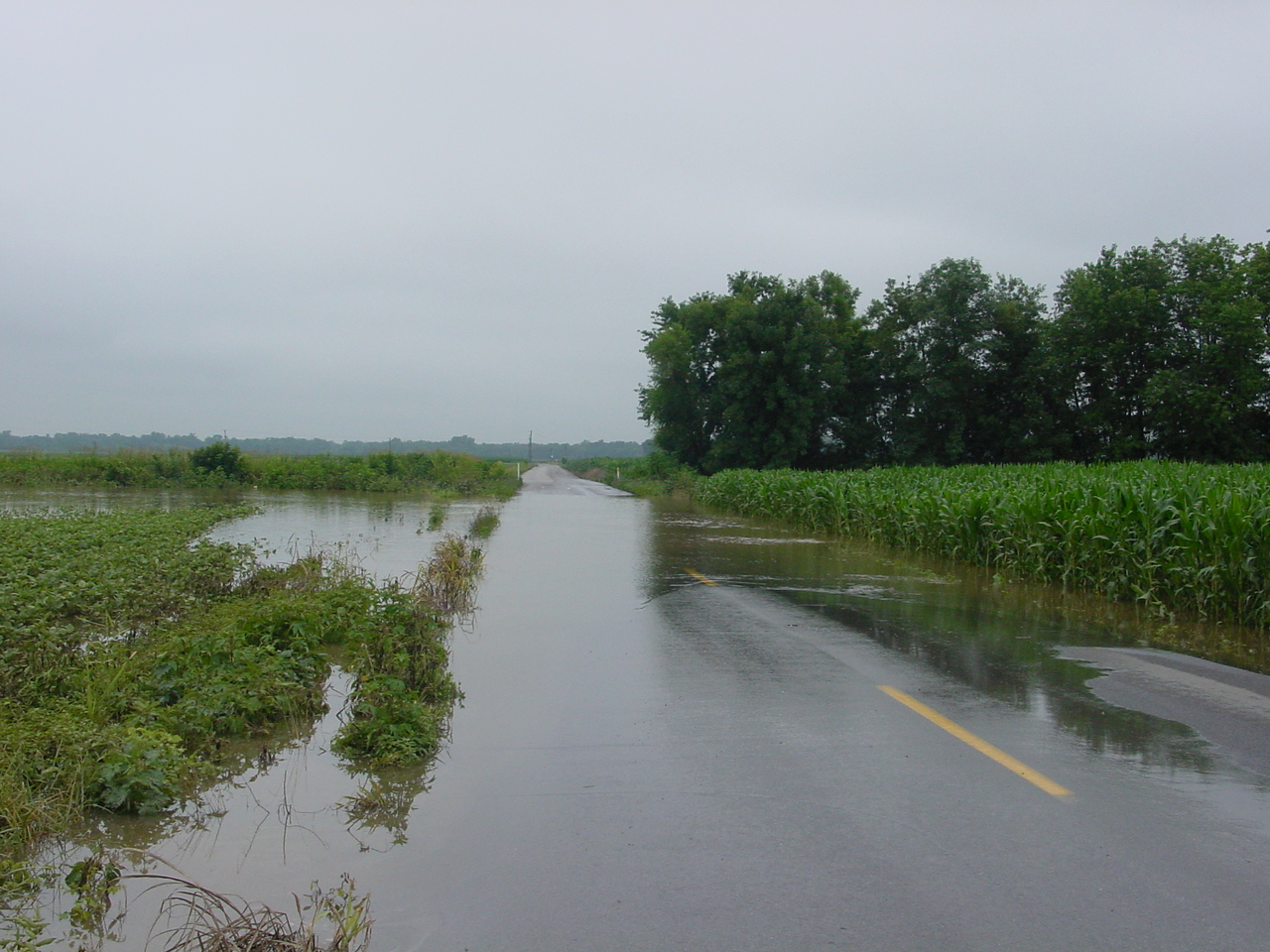Date: 1/17/2017
Author: Garett Sansom, Associate Director Institute for Sustainable Communities
As a PhD student in Urban and Regional Sciences at the College of Architecture, Marccus Hendricks took a class in infrastructure engineering and management at the Zachry Department of Civil Engineering. The class is taught by Dr. Nasir Gharaibeh. In that class, Marccus began to think about infrastructure management comprehensively and inter-disciplinarily and made this concept the focus of his PhD research.
For the past several years Marccus, has been working to develop a participatory infrastructure assessment tool that can be used by local residents to evaluate neighborhood storm water drainage. Marccus began this work in the community of Manchester, a small neighborhood in Houston, TX, as an extension of his PhD dissertation.
“The richness of this approach is that the data is local, living, and in real-time.”
– Marccus Hendricks
Building upon this work, a team of researchers from the Institute of Sustainable Communities has begun a multi-year citizen science infrastructure monitoring endeavor led by Associate Professor Nasir Gharaibeh from the Zachry Department of Civil Engineering. This multidisciplinary project includes Professors
Philip Berke and
Shannon Van Zandt from the College of Architecture, Associate Professor
Jennifer Horney from the School of Public Health, and Assistance Professor
Michelle Meyer from the Sociology Department at Louisiana State University.

Their proposal was awarded $100,000 through the National Science Foundation’s EAGER program. The team will attempt to discover what factors influence the reliability and validity of citizen-generated infrastructure monitoring data at the neighborhood level and how our understanding of these factors can be employed to develop protocols and tools for collecting high-quality infrastructure monitoring data by members of the general public.
Ongoing field trials will collect observational data, measurement-based data, and feedback data. The engineering professionals will use a mobile laser scanning and camera unit to collect location, geometry, and conditions of stormwater drainage assets. Through this iterative process, these researchers will identify the methodological issues in citizen science data and maximize the fidelity of the protocols and tools.

The work of Marccus Hendricks and the team of faculty members serves to underscore the Institute for Sustainable Communities dedication to improving local conditions of community members through co-learning opportunities, high-impact research projects, and providing TAMU student’s experiential learning opportunities.